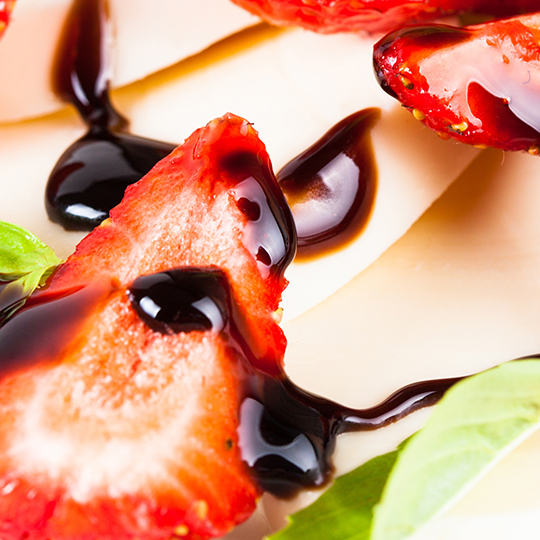
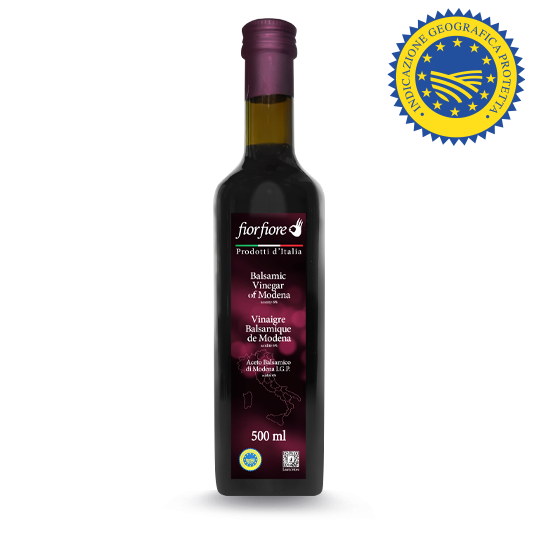

Balsamic Vinegar Modena
The PGI (Protected Geographical Indication) balsamic vinegar of Modena is emblematic of Italian gastronomic quality. A product of ancient traditions, it is exclusive to the city of Modena, in the region of Emilia Romagna, in northern Italy. It is made with wine vinegar and 100% Italian grape must. Its high quality and unique flavor make it appreciated all over the world. Absolutely free of caramel coloring, it has a shiny brown tint and a perfectly balanced sweet and sour taste. It goes well with salads, raw and cooked vegetables and meats, giving them a refined taste.
A unique product in the world
- HOW BALSAMIC VINEGAR OF MODENA IS BORN. Grape must and wine vinegar come together and mature together in small barrels for the time necessary for the wood to give off uniquely balsamic aromas and flavors, making it harmonious and complex. The barrels are never completely emptied, but a base, called "mother", is always left, on which the younger vinegar is grafted for maturation. The base reaches over 100 years of age.
- THE GRAPES AND THE MUST. In true balsamic vinegar of Modena, the grapes, rigorously Italian and of high quality, must derive from 7 authorized vines: Lambrusco, Albana, Trebbiano, Sangiovese, Montuni, Ancellotta and Fortana. In the blend, the must, or grape pulp, determines the degree of sweetness, the intensity of the color and the density of the product. The higher the concentration of the must, the higher the density, the sweeter and fuller the vinegar.
- THE TERRITORY AND THE TYPE OF WOOD. The maturation of the authentic balsamic vinegar of Modena is required by law to take place in the protected geographical indication area (PGI) within the provinces of Modena and Reggio Emilia. Highly prized wood is rigorously selected for the barrels: oak, chestnut, juniper or mulberry.
- A STORY WITH VERY ANCIENT ORIGINS. The Romans used cooked grape must (sapum) as medicine, sweetener, and seasoning. The birth of balsamic vinegar was probably accidental, but it soon became a noble product.
- IN 1046, the Holy Roman Emperor Henry III asked the Marquis Bonifacio of Canossa for the "perfect vinegar" that was made in his fortress. In the sixteenth century, the Estense Court of Modena started its own quality production. However, it took two centuries (1747) before the term "balsamic" was used.
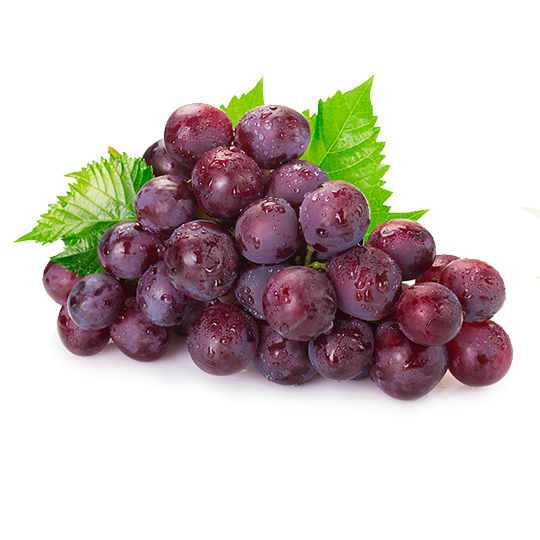
Ingredients
Wine vinegar, cooked grape must, sulphites
Preparation
Ready to use.
| Nutrition Facts | Per 1 tbsp (15ml) | %Daily Value* | Read more | |
|---|---|---|---|---|
| Calories | 22 | |||
| Fat | 0g | 0% | ||
| Saturated | 0g | 0% | ||
| Trans | 0g | |||
| Carbohydrate | 5g | |||
| Fibre | 0g | 0% | ||
| Sugars | 5g | 5% | ||
| Protein | 0g | |||
| Cholesterol | 0mg | 0% | ||
| Sodium | 4mg | 0% | ||
| Potassium | 5% | 0% | ||
| Calcium | 0mg | 0% | ||
| Iron | 0mg | 0% |
*5% or less is a little, 15% or more is a lot.
The black gold of Modena
Because its existence is closely linked to the knowledge, traditions and skills of the local population, Balsamic Vinegar of Modena PGI is considered, for its uniqueness, a symbol of the culture and history of Modena. The plains of Emilia Romagna, along the course of the Po river, has many vineyards with grapes characterized by the right concentration of sugars and acidity. These, together with the ancient knowledge of the farmers and the climatic characteristics of the area, have allowed the Modenese to create a typical and exclusive product.
Balsamic Vinegar of Modena is obtained from partially fermented and/or cooked grape must. The grapes come exclusively from the vines of Lambrusco, Sangiovese, Trebbiano, Albana, Ancellotta, Fortana and Montuni. Wine vinegar is added, in the minimum amount of 10%, plus a sample of vinegar that is at least ten years old, but which is often more than one hundred years in age.
The refinement phase takes place inside barrels or vats of fine woods for a minimum period of 60 days. At the end of this period, the product is analyzed and tested by certified technicians and tasters: only by passing this step can it be labeled as Balsamic Vinegar of Modena. At this point, the Balsamic Vinegar of Modena can undergo a further aging period. If this phase lasts for more than three years, the finished product can boast the classification known as aged
Submit your review | |
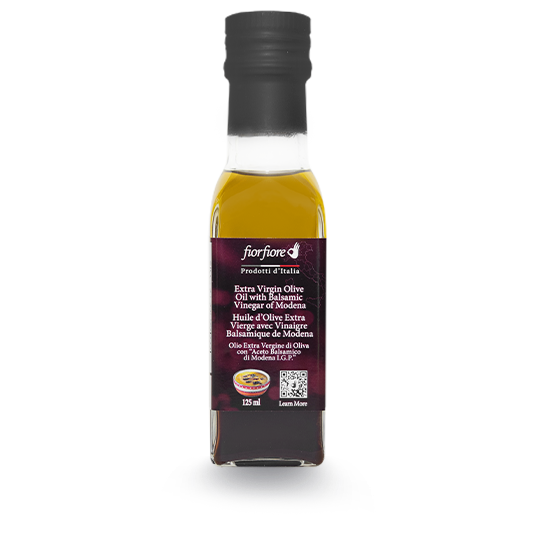
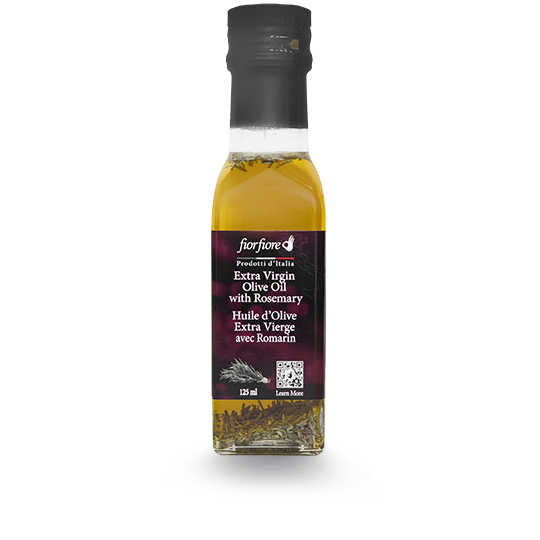
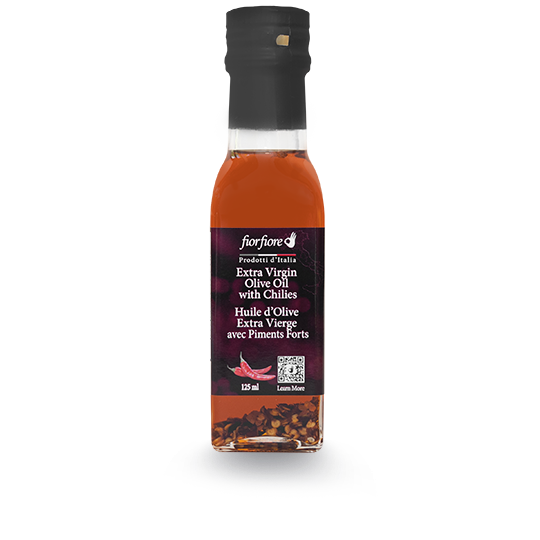
 FiorFiore USA
FiorFiore USA